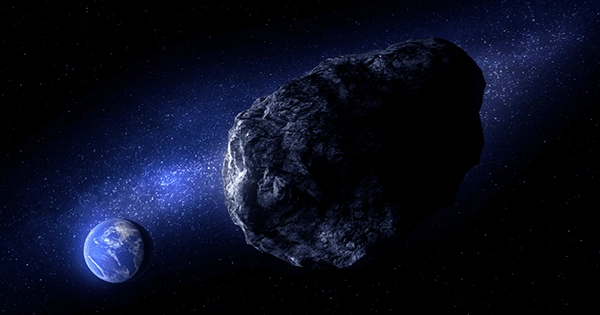The number of asteroids that have struck Earth is hard to calculate. Contrary to the surface of the Moon, where numerous craters are still visible, most of the craters are destroyed and obliterated by our changing planet. However, scientists have discovered a fresh method for verifying an impact by treating it like a crime scene investigation.
The researchers looked into four known meteorite impact sites: two in Estonia, one each in Poland and Canada, as well as one in Estonia. These craters were created on various dates and on two distinct continents, according to a paper in the journal Geology, but the scientists discovered minute particles of charcoal mixed in with the crater ejecta in each location.
Initially, we believed that the charcoals were a result of wildfires that broke out right before the impact and got entangled in the otherworldly predicament. There were too many coincidences with this theory, though, so why would there be significant wildfires just before the construction of four distinct minor impact craters separated by thousands of kilometers and years? Why would it only be discovered in a single spot within the proximal ejecta blanket? Lead author Dr. Ania Losiak is affiliated with the University of Exeter, the Polish Academy of Sciences, and the Institute of Geological Sciences.
It didn’t make sense, so we decided to look into it further and compare the characteristics of charcoal bits found mixed in with crater-related debris to those of wildfire charcoals.
The scientists used the charcoal from the craters to recreate what happened to the organic material, treating it like the victims of a crime scene. They discovered that the charcoal was very different from that produced by wildfires. The soil and other materials that the team dug out from the crater rims were combined with the tree branches that were broken and charred by the incoming space debris.
According to co-author Professor Claire Belcher from the University of Exeter, “Impact charcoals are really weird: they look as if they were all formed in much lower temperatures than wildfire charcoals, they lack sections that were formed while directly touching the flame, and they are all very similar to each other, while in a fire it is common to find strongly charred wood just next to barely affected branches.”
The research increases our knowledge of how minor craters affect the immediate environment, which could be helpful if we were to find a small asteroid heading our way and need to designate an evacuation area.
We anticipate that we are missing from our data more than ten craters generated during the last 10,000 years; hence, our research may also aid in the discovery of new impact craters on Earth. Before their family unexpectedly come to see us, we need to find them, said Professor Witek Szczuciski of the Adam Mickiewicz University in Poznan.
On September 15, 2007, a small asteroid struck in Carancas, Peru, leaving behind a crater that measured 13 meters wide (43 feet) and 4.5 meters (15 feet) deep. This was the last known impact crater to form on our planet.















